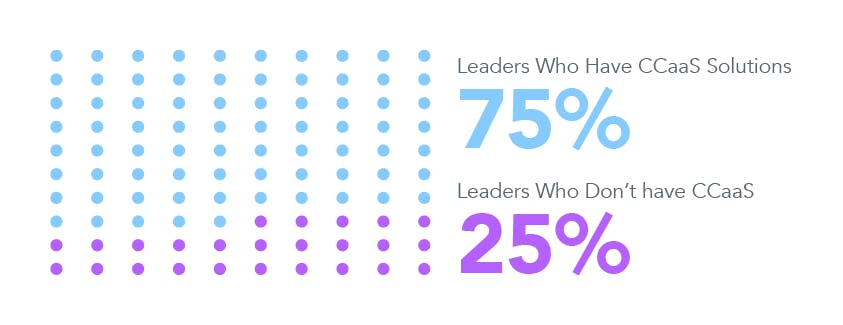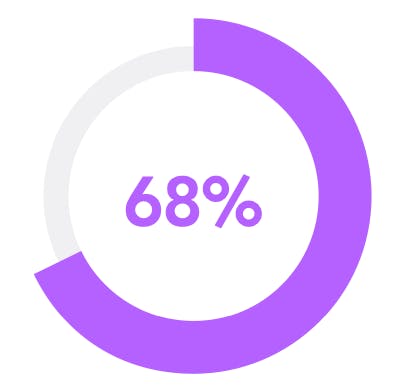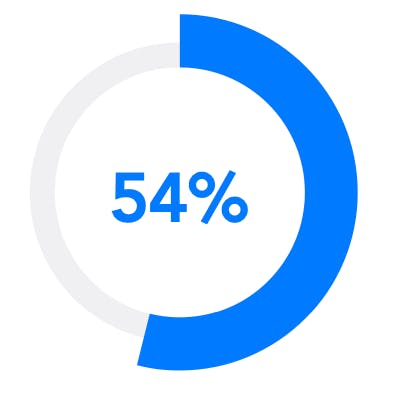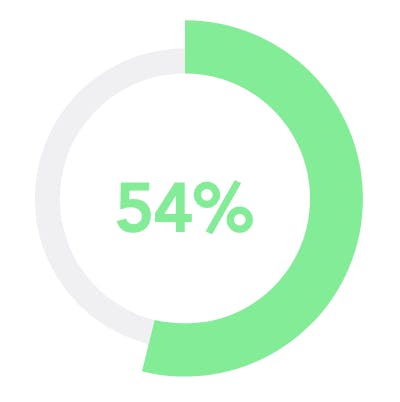
Why Aren’t Some CX Leaders Open to CCaaS Solutions?


Within customer engagement there’s a general belief that CCaaS is far more cost-effective and low maintenance than using on-premises technology to power a contact center.
A cloud-based platform offers far more connectivity and flexibility—allowing agents to work from anywhere. And, in theory, there’s more AI and automation in place to increase operational efficiency.
Sounds ideal, right? But it doesn’t mean every contact center leader has embraced CCaaS. In Verint’s latest research report, The Open CCaaS Advantage, we found that while the majority of executives (75%) taking part in the survey use at least some CCaaS solutions, that leaves 1 in 4 whose technology is still fully on-premises.

Of the respondents whose companies don’t use CCaaS—69% say there is no opposition from leadership, so what are the issues standing in the way of moving away from on-premises technology?
“CCaaS Vendors Don’t Offer Everything We Need”

More than two-thirds are holding back due to the shortcomings of first-generation CCaaS platforms.
Traditional vendors offer all-in-one packages, which means everything is ripped out and replaced on day one—an unworkable disruption for any large enterprise. With Verint’s research also finding that many companies using CCaaS are frustrated by a lack of self-service options and siloed data, the pull to integrate cloud-based systems isn’t strong enough for many without CCaaS platforms.
“Not Enough Budget/Too Expensive”

If a new CCaaS platform can’t demonstrate true ROI, then the expense and disruption of transitioning to a more modern system offers few incentives to take the plunge.
First-generation CCaaS doesn’t have AI at its core, so achieving CX automation isn’t possible. Without CX automation, the extent to which companies can build more efficient contact centers is limited. And, there’s little incentive to integrate more modern technology.
“Legacy Tech Makes it Difficult to Integrate with the Cloud”
The closed nature of both on premises technology and first-generation CCaaS makes integration with new technology either difficult, expensive or (most of the time) both.
Without the ability to transition at a company’s own pace—and using an open platform which makes integrating external APIs or new applications straightforward and low-cost—the appeal of maintaining order outweighs the benefits of moving to the cloud.
Open CCaaS Features Are Catalysts for Moving to the Cloud
The research results suggest that the 25% of CX leaders who don’t have CCaaS recognize that it has its advantages but haven’t seen enough evidence to persuade them to take the leap.
With next generation platforms, the issues that create reluctance to transition to CCaaS are solved by an open approach to features which are vital for modern customer engagement:
- Open Approach to Data: Sharing data across applications and teams via a unified hub connects workforce, interaction and experience data. It also means strategic decisions can be made holistically, helping to ensure they have a wholly positive effect on business processes and a company’s overall performance.
- Open Approach to Ecosystems: The solution to the disruption of integrating new CCaaS solutions is not doing it all at once. Verint’s Open Platform allows customers to bring their own existing technology, including telephony, and integrate at their own pace—one bot at a time if necessary.
- Open Approach to AI: There’s hidden cost to inferior CCaaS—the money saved in the short term means a less efficient contact center. Initial savings are wiped out by millions of wasted minutes and poor CX. AI and automation bring long-term ROI benefits that first-generation CCaaS simply isn’t capable of achieving.
As well as exploring the shortcomings of traditional CCaaS platforms, Verint’s latest research report, The Open CCaaS Advantage, demonstrates the clear advantages of embracing an open approach to contact center solutions. Consider it your blueprint for integrating them into your CX strategy.
Download your copy today.

